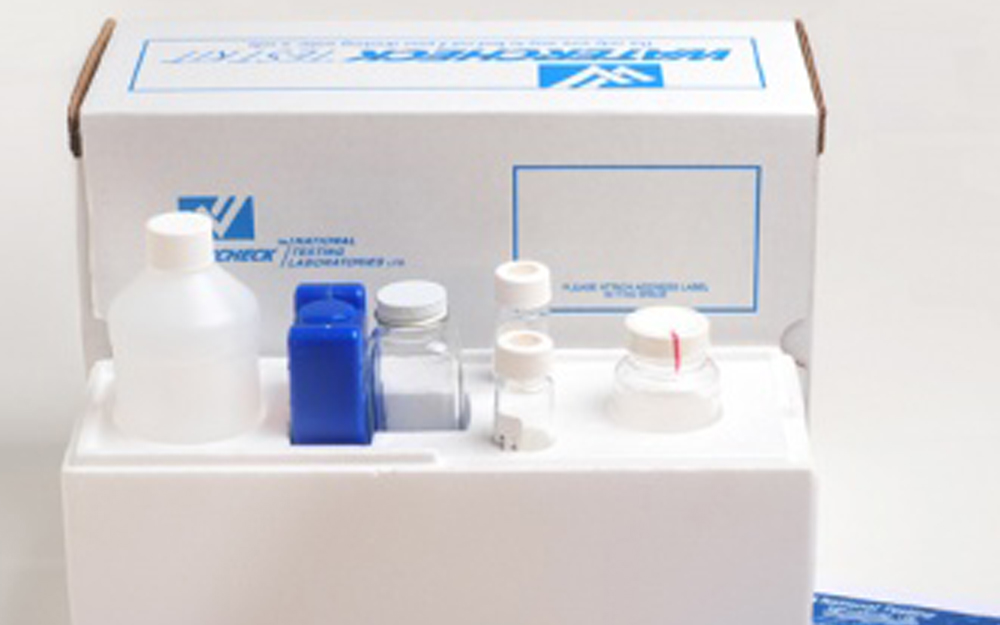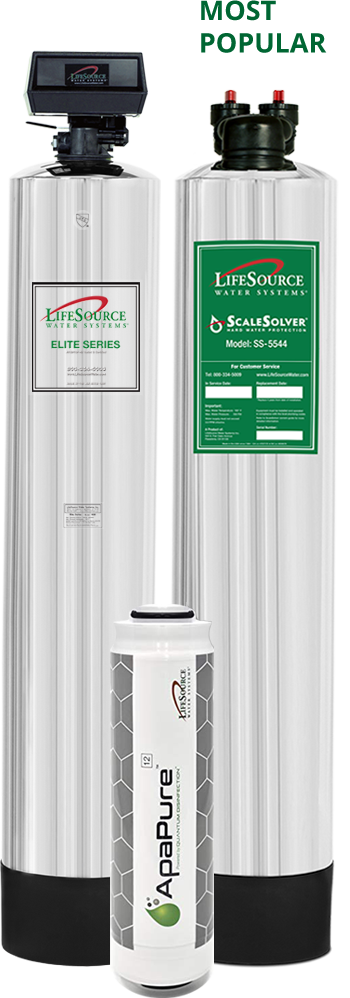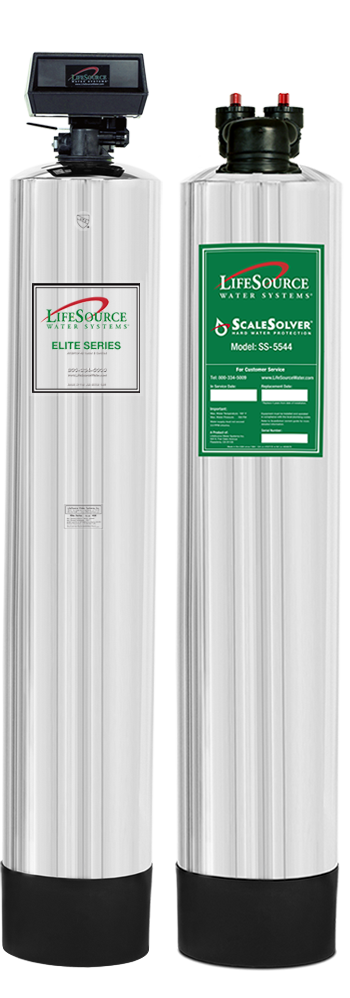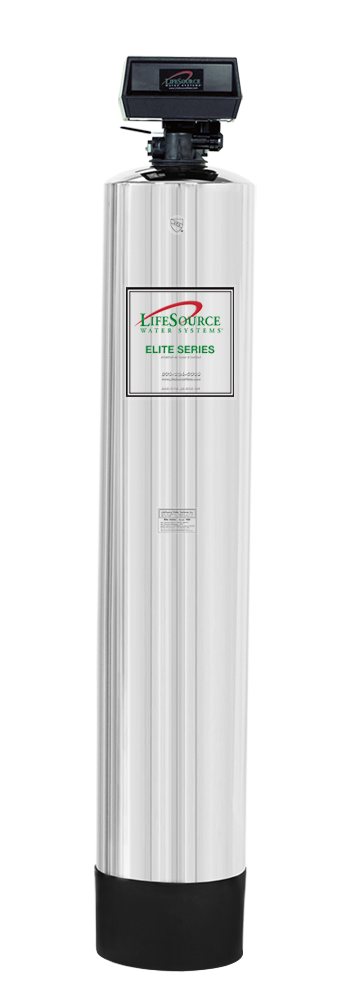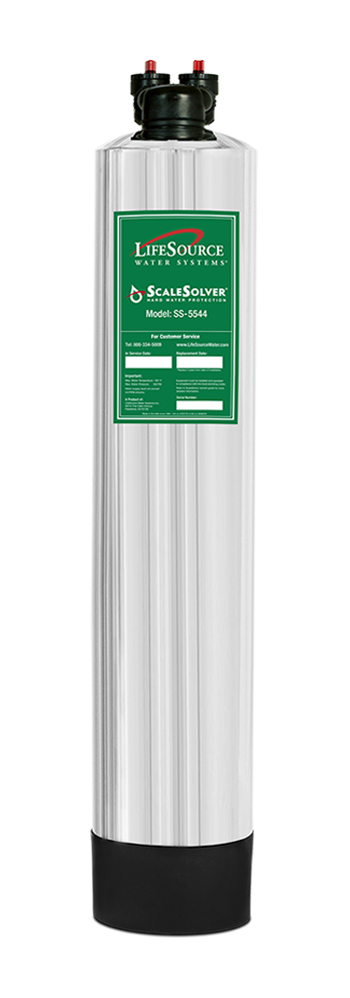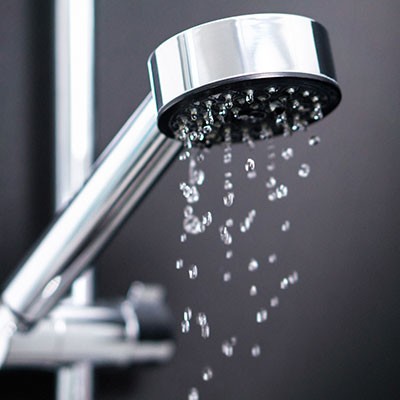
What's In Your Well Water?
The importance of testing your well water and what to do next.

If you are one of the millions of Americans who gets their water from a private well, then you are responsible for making sure your water is safe to use and drink. Private water wells are not regulated by the EPA (Environmental Protection Agency) and therefore aren’t treated or tested by the city.
It’s vital to test your well water. Only once you know which contaminants are in your water can you address them properly. The best case scenario is your water is fine - but better to be safe than sorry! Well water test kits can analyze in-depth the chemical properties of your water, including bacteria, nitrates, total dissolved solids (TDS), pH levels and any contaminants that could potentially be infecting your water.
And remember, only buy a water a test kit manufactured by an independent laboratory certified for drinking water testing.
Sulfur, rotten egg smell?
- You might have too much hydrogen sulfide in your well.
Red stains & musty odors?
- You might have iron bacteria to treat.
Brownish-red stains?
- Beware of manganese in your well.
Earthy or fishy taste and odors?
- It's not bad breath. Coliform bacteria may be in your well.
Equipment and appliance wear and tear?
- This is a sign your pH levels may be out of balance.
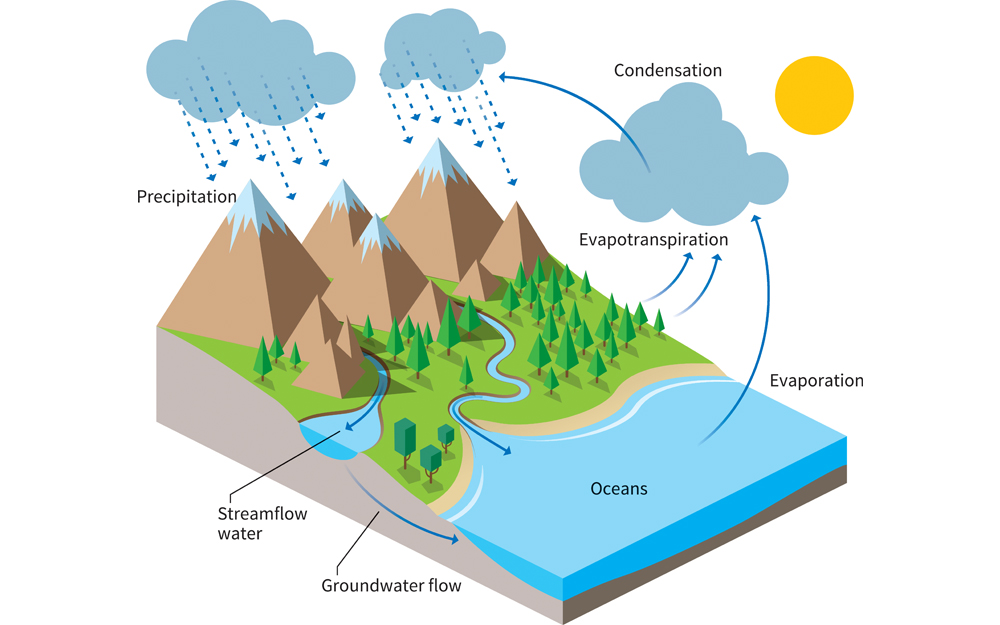
Aren’t wells pulling fresh water from underground aquifers? Yes, but this is where we need to remember some 5th grade science…
Underground water doesn't just appear out of nowhere. Aquifers are part of the hydrologic system of water. The hydrologic system is the continuous journey of water on, in and above the Earth. (Don’t worry, I had to Google it too.) Water takes many forms during this water cycle, including vapor, rain and underground water!
This is to say, the water we have on Earth is finite. That’s right, no new water is being created. So, aquifers get contaminated from both natural and human-made sources all the time. Common contaminants include bacteria, viruses, nitrate and nitrite, heavy metals and other chemicals used in agricultural or commercial industries.
Once you know exactly what’s in your well water, you can start thinking about how to address your concerns. It’s important to find a water filtration system designed to specifically address your well water issues - like ApaPure, a high-tech line of disinfection filters designed to eliminate all bacteria, viruses, cysts and spores.
Need a well water test kit? LifeSource Water recommends WaterCheck test kits - they make it super easy and efficient.
